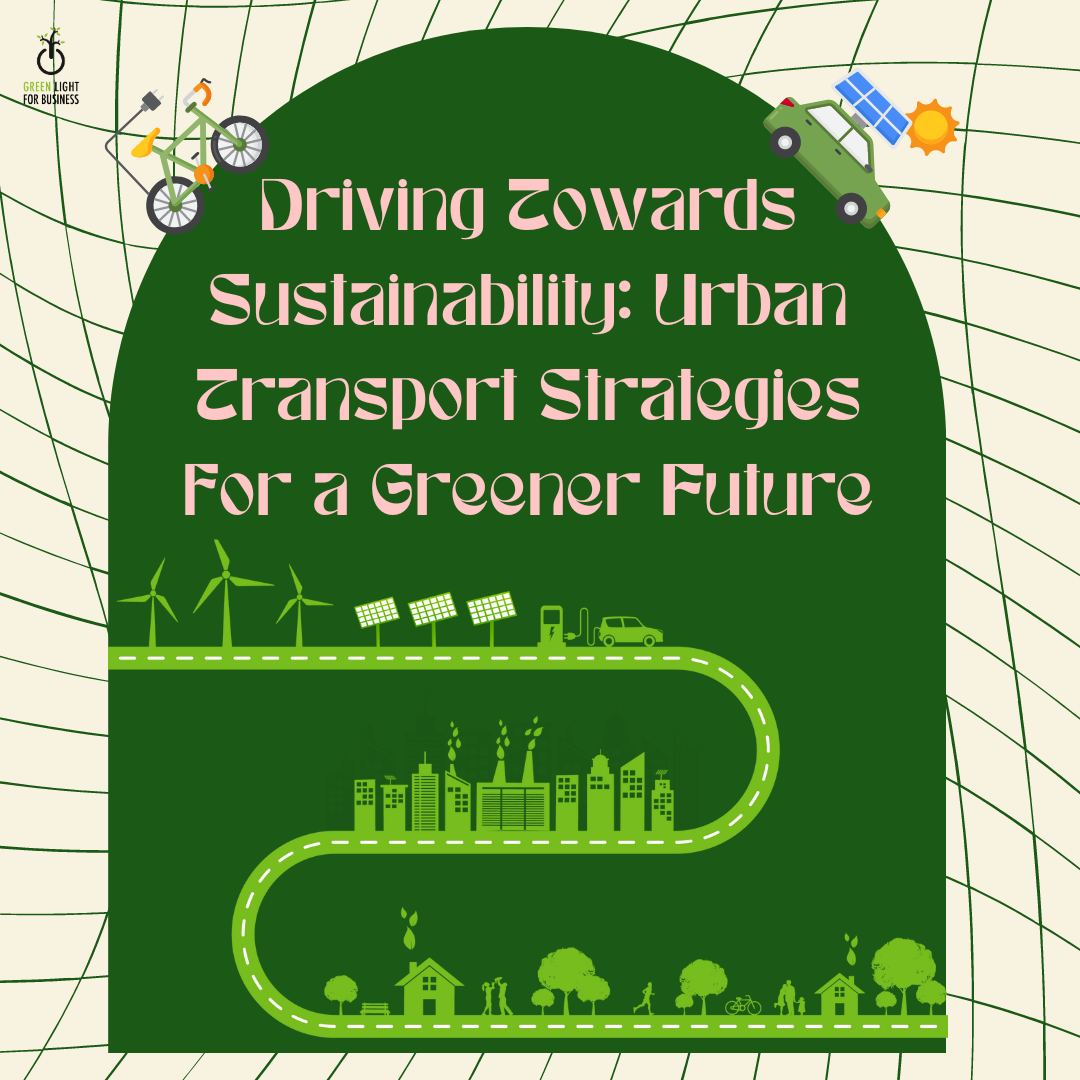In recent years, the financial landscape has witnessed a notable surge in the issuance and uptake of green bonds, reflecting a growing commitment towards sustainable investment practices. Green bonds serve as a crucial instrument in this transition by providing a means for investors to allocate funds specifically towards environmentally beneficial projects, including green buildings, electric vehicles, smart transport, and renewable energy.
On a macroeconomic level, the proliferation of green bonds contributes to the diversification of investment portfolios, reduces systemic environmental risks, and fosters long-term economic resilience. At the microeconomic level, the rise of green bonds presents unique opportunities for all key stakeholders. For investors, green bonds offer a chance to align their investment strategies with their personal values and sustainability objectives.
From both macroeconomic and microeconomic perspectives, they underscore the interconnectedness of financial markets, environmental stewardship, and socioeconomic development. Similarly to traditional bonds, green bonds are priced according to the market forces of demand but with a key focus on environmental considerations, which include several factors.
Green bonds are at the core priced based on the environmental benefits of the projects they finance, thus the more transparent and specific the project’s sustainability report is, the more investors are inclined to pay a higher price. For instance, there has been a recent surge in solar energy and renewables in Europe and the Spanish energy company Iberdrola issued a €750 million green bond to finance renewable energy projects, including wind and solar farms. Investors were attracted to the bond’s clear alignment with sustainability objectives, such as reducing carbon emissions, indicating specific values and carbon goals reached.
Secondly, market demand for sustainable investments is also heavily driven by aggregate demand and perception in the market. Fiscal stimulus offered by the EU for instance in the form of green subsidies influences the financial market. For example, in 2020 alone the European Investment Bank (EIB) issued a €1 billion green bond to finance renewable energy projects, outlining in its report the key metrics the company is searching for. The issuance received strong demand from investors, including pension funds and asset managers. This high demand allowed the EIB to price the green bond competitively, achieving favorable terms for the issuer. Thus at its core, apart from the investment itself the general perception of the investment is pertinent.
Like traditional bonds, creditworthiness and risk evaluation remain essential for the pricing mechanism. However, investors also consider the environmental risk management practices. For instance, in 2023 the Dutch multinational banking group ING preceded issuing green bonds after an initial €2.5 billion green bond was released to finance green infrastructure. Despite its existing strong credit rating, ING’s reputation for corporate sustainability and its practice of implementing environmental initiatives further bolstered investor confidence. As a result, the green bond was priced competitively.
Lastly, the interest rate determines the price, however, specific environmental characteristics and judgment of what is ‘material’ for the company are crucial, and thus this may foster different prices. For example, amid increasing concerns about climate change in regard to infrastructure with more floods, investors may place greater value on green bonds with tangible environmental benefits for infrastructure and development projects catering to sustainable water management. This leads to lower yields and more favorable pricing compared to conventional bonds issued by the same issuer regarding more mainstream commercial infrastructure projects, which are more vulnerable to climate change risks.
By considering these components and referring to specific KPIs for what they deem material, stakeholders can better understand the pricing mechanism of green bonds and its distinct features compared to traditional bonds, which not only change with the market but also place greater emphasis on the physical environmental changes.
However, how green are green bonds? This financial instrument is not exempt from the greenwashing issue, exaggerated claims on the actual sustainability level of the bonds to raise money in the market. The problem is further amplified by the absence of a binding international framework to evaluate the effective greenness of the bond. At the moment, in order to assess this level, many issuers refer to the Green Bond Principles endorsed by the International Capital Market Association. The GBP are voluntary process guidelines that recommend transparency and disclosure and promote integrity in the development of the Green Bond Market. Even if these Principles are globally recognized, the road to ensure complete transparency is still long.
Some green bonds experts believe that barely half of the investable green bond universe is as green as advertised. To answer to this worrying trend, policymakers, especially Europeans, are coming up with mandatory standards to evaluate the impact and the sustainability level of the instruments taken into account. Such measures will certainly be needed more and more in the next few years, with the increasing popularity and need of green bonds that our world is facing, as confirmed by Bloomberg.

This trend is expected to continue over the next few years, and it is probably more of a need of what we would expect. The non-profit organization Climate Bonds Initiative, creator of the first green-bond standards, declared that to achieve Net Zero by 2050, the annual green bond issuance must reach $5 trillion per year by 2025. Considering that in 2023 this value totalled $939 billion, it is really unlikely that this optimistic objective will be met.
What brings us hope, is the attractiveness that this particular instrument will get with increasing regulations on their evaluation. The transparency that all the current frameworks already require, is certainly an asset for investors. They will be ensured to be reported with how their money is actually invested from an ESG impact investment, overall increasing the clearness of their portfolio. Furthermore, green bonds are likely to outperform because the rest of the market generally retains a shorter duration, further incentivizing the growth of their market.
In conclusion, despite the challenges that these instruments face, the growing attractiveness of green bonds, coupled with regulatory support, suggests a promising trajectory towards a more sustainable financial future.
By Erica Laudicina and Lina Nikolovska.
Sources:
Reuters. “Iberdrola issues 750 million euro green bond to fund renewable energy projects”. https://www.reuters.com/article/iberdrola-bonds-green/iberdrola-issues-750-mln-euro-green-bond-to-fund-renewable-energy-projects-idUSL8N26O2T7
European Investment Bank. “EIB issues EUR 1 billion Sustainability Awareness Bond”. Retrieved from https://www.eib.org/en/press/all/2020-150-eib-issues-eur-1-billion-sustainability-awareness-bond
ING Group. “ING issues second Green Bond”. Retrieved from https://www.ing.com/Newsroom/All-news/ING-issues-second-Green-Bond.htm
Climate Bonds Initiative. (n.d.). What are Green Bonds? https://www.climatebonds.net/what-are-green-bonds
International Capital Market Association (ICMA). (2020). Green Bond Principles. Retrieved from https://www.icmagroup.org/green-social-and-sustainable-bonds/green-bond-principles-gbp/
Moody’s Investors Service.
(). Green Bonds: Growing Fast, But Still a Tiny Piece of the Global Bond Market. Retrieved https://www.moodys.com/research/Moodys-Green-bonds-growing-fast-but-still-a-tiny-piece–PR_366526
How Green are Green Bonds? | Natixis Investment Managers
What are green bonds and how ‘green’ is green? | Insights | Bloomberg Professional Services
the-green-bond-principles-202206.pdf (ifc.org)
Markets and Motivations for Green Bonds | Natixis Investment Managers
Green bonds reached new heights in 2023 | Insights | Bloomberg Professional Services




